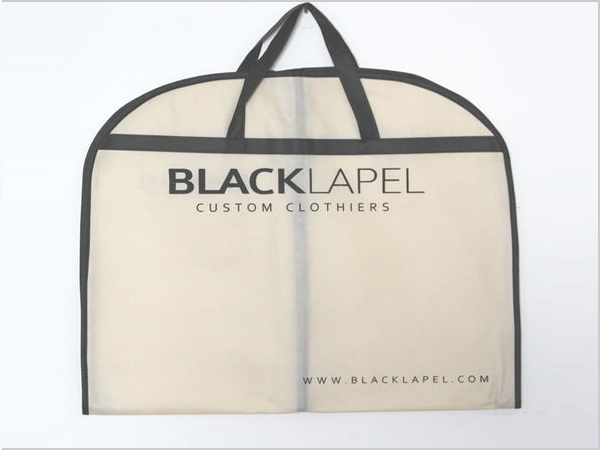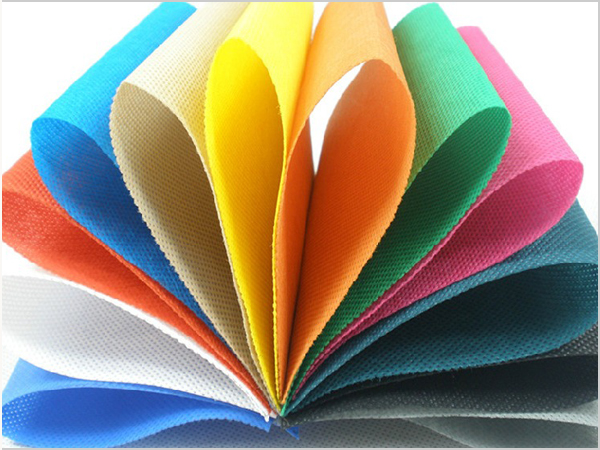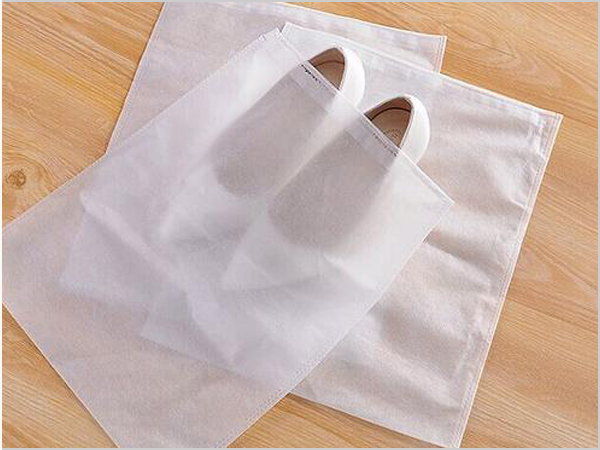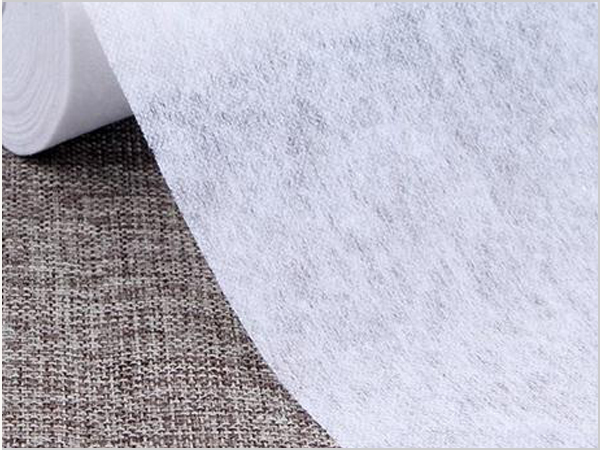- Why can spunbond nonwoven fabric dominate the market?
- Foreign trade exports are moving forward under pressure, with both resilience and challenges coexisting
- Explore the environmental protection characteristics and application fields of PP non-woven fabric
- The rise of the Latin American market is expected to become a new growth pole for China's textile foreign trade
- The production process of spunbond nonwoven fabric determines its unique characteristics!

- Telephone: 0551- 66779966
- Cellphone: 18955130444
- Email: 58792982@qq.com
- Address: Building 1-2, East of Wubu Village Section, Hehuai Road, Wushan Town, Changfeng County, Hefei City, Anhui Province
Electronic smart textiles, especially wearable smart textiles, have the characteristics of lightness and softness, good comfort, excellent energy conversion and storage performance, and high integration. They have shown many new possibilities and huge application potentials in different fields for different consumer groups. . The research and development of such products will benefit the development of multiple industries such as military industry, medical care, leisure and entertainment, and decoration, and is related to the national economy and people's livelihood. However, with the rapid development of smart textiles in recent years, it still faces some difficulties. With regard to engineering technology research and development, breakthroughs are mainly made in the following aspects.
Physical performance optimization
Improve the various physical properties of the fiber, especially the electrical conductivity, electrical stability, tensile flexibility and spinnability of the fiber. For example, through design optimization of spinning parameters, various doping or modification treatments, or the use of more high-end processing equipment to improve fiber quality.
Improve safety and durability
Consumable materials need to have non-toxicity and biocompatibility, which makes it necessary to exclude those high-performance materials that may cause potential harm to health. This limits the research and development of wearable electronic devices to a certain extent, so it is necessary to explore in depth to meet the requirements s material. On the other hand, the durability and fatigue resistance of wearable smart textiles are a major problem. How can smart textiles be able to withstand repeated abrasion and washing like the fabrics worn by people every day? It is necessary to achieve a more perfect combination of basic science, applied science, and technical research.
Standardized development
Smart textile products are still a relatively new type of product. Although there are some company's products on the market, there is no standard that is generally recognized in the industry. In addition to formulating basic safety requirements for wearable products, it is also necessary to formulate relevant standards for some technical issues (such as the scope of material use). As soon as possible to determine the industry standard, you can locate its position earlier, and it is also conducive to the development of smart textiles.
Industrialization development
The industrialization of smart textiles can effectively promote the in-depth development of products, which is a strong guarantee for the continued development of smart textiles. However, a product must meet many conditions, such as cost, practicality, aesthetics, and comfort, to meet the requirements of industrialization. To realize the industrialization of smart textiles, first of all, it is necessary to realize the industrialization of high-performance fibers or raw materials, which requires the development of low-cost and high-performance raw materials; secondly, the formulation and perfection of the above-mentioned various standards is also indispensable for the industrialization of products One aspect.
Western countries have successively introduced development strategies in the textile field. For example, the United States proposed the "Smart Textile Plan" and established the "Revolutionary Fiber and Fabric Manufacturing Research Center"; Germany formulated the "Future Textile" national strategy and formed the "Germany Future Textile Alliance". my country started relatively late in the smart fiber and smart textile industry, and there is a certain gap between it and some developed countries. The key word "smart textile" in the "13th Five-Year" development plan for the textile industry issued by the Ministry of Industry and Information Technology of my country has also appeared many times, proposing to strengthen the integration of electronic technology, information technology and textile technology to develop smart textile products. The 5G era has quietly come, and more smart textiles will gradually be integrated into people's lives, and continue to meet people's demand for high-tech smart textiles. At present, domestic textile enterprises are also seeking transformation and upgrading. The research and development of smart textile products will be a technological breakthrough. The current series of problems require the joint efforts of the government, enterprises and universities to cooperate with each other to form a joint force. As the frontier of research and development, universities need certain financial support from enterprises and the government to continue to promote research; as a key part of the industrialization of products, enterprises need technical guidance from universities and government policy support. The establishment of a complete system of production, education and research can promote the development of smart textiles more efficiently and strengthen this emerging industry.
Concluding remarks
Smart textiles usually refer to a new type of new type of textile, electronics, chemistry, biology, medicine and other multidisciplinary integrated technologies that can simulate life systems, have multiple functions of perception, response and adjustment, and retain the inherent style and technical characteristics of traditional textiles. textile. With the continuous breakthrough of emerging conductive materials such as graphene, carbon nanotubes, and MXene, electronic products have gradually achieved miniaturization and flexibility. Now it is possible to ingeniously combine conductive materials, equipment and traditional textiles, and obtain textile electronic devices that can realize energy conversion and storage based on advanced network technology, Bluetooth and GPS technology, or various textile fiber-based materials. Sensor device. This ingenious combination breaks the very rigid limitations of traditional electronic devices and realizes multiple functionalization of textiles, such as communication, health monitoring, positioning detection and other functions. It plays an important role in medical, military, aerospace and other fields. It further broadens its application fields and provides a new path for the high-tech development of textile enterprises. I believe that with the further development of science and technology, smart textiles can overcome existing defects and achieve rapid development.
- Why can spunbond nonwoven fabric dominate the market?
- Foreign trade exports are moving forward under pressure, with both resilience and challeng
- Explore the environmental protection characteristics and application fields of PP non-wove
- The rise of the Latin American market is expected to become a new growth pole for China's
- The production process of spunbond nonwoven fabric determines its unique characteristics!
- The global trade landscape is undergoing significant changes in 2025
- The 11th China International Silk Conference was held in Shengze
- What are the core advantages of spunbond nonwoven fabric?
- What are the magical aspects of the manufacturing process of spunbond nonwoven fabric?
- The textile industry is enjoying dual policy benefits



